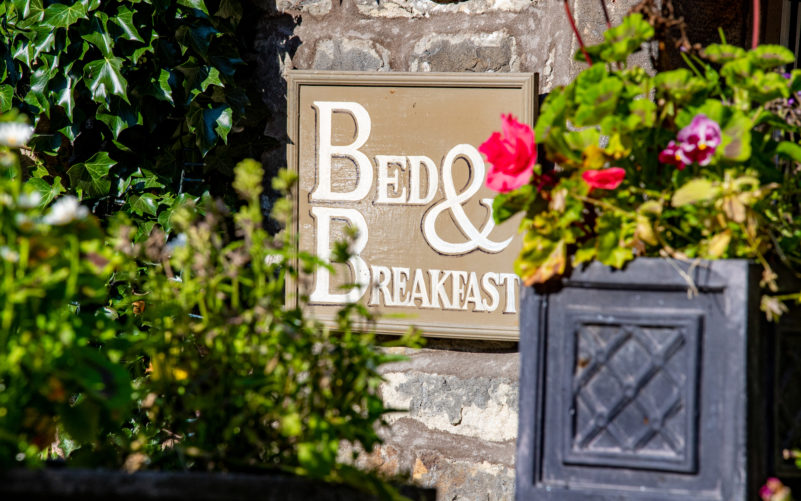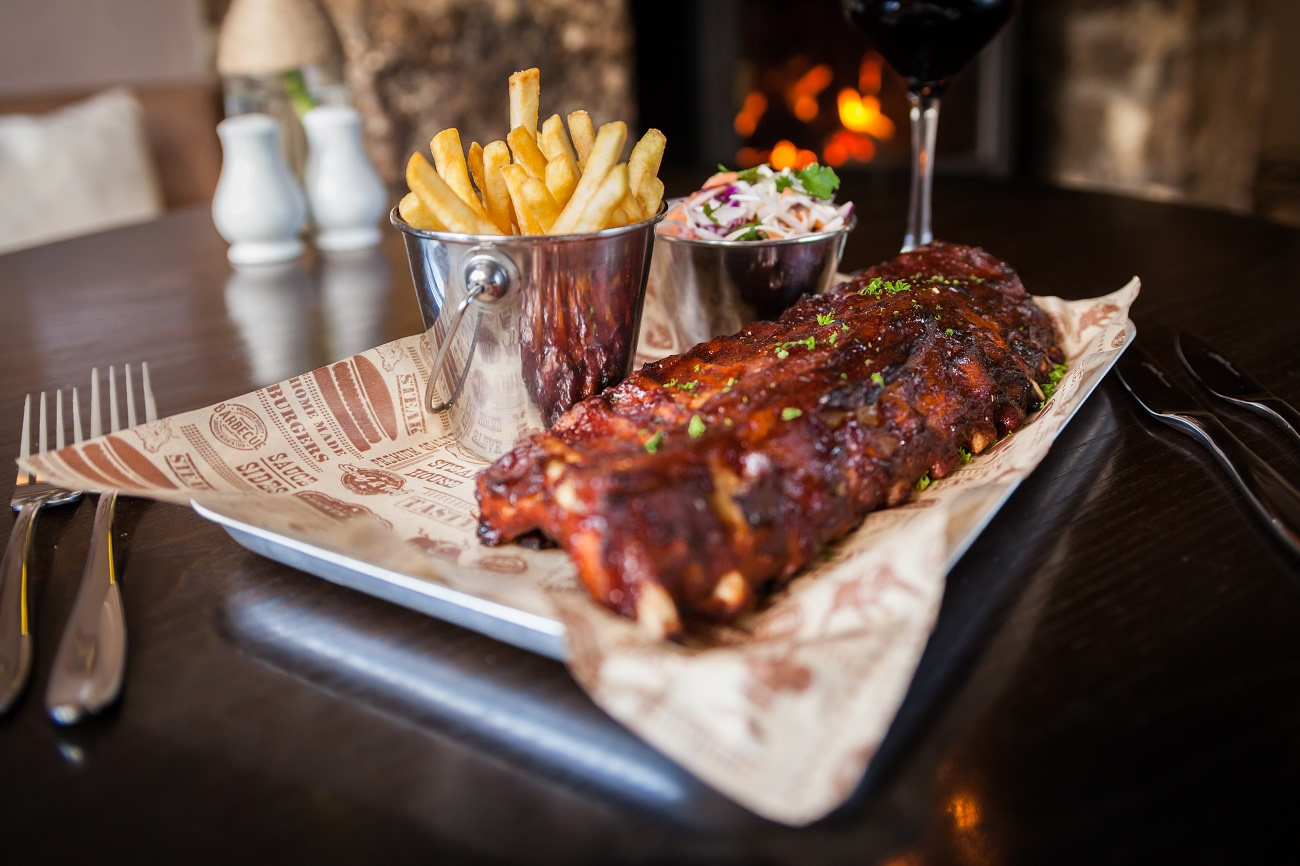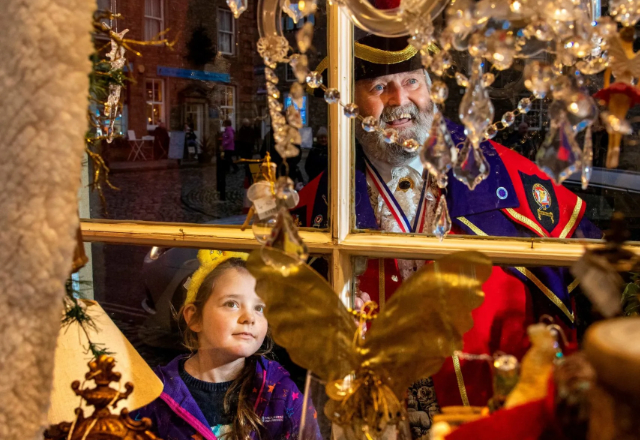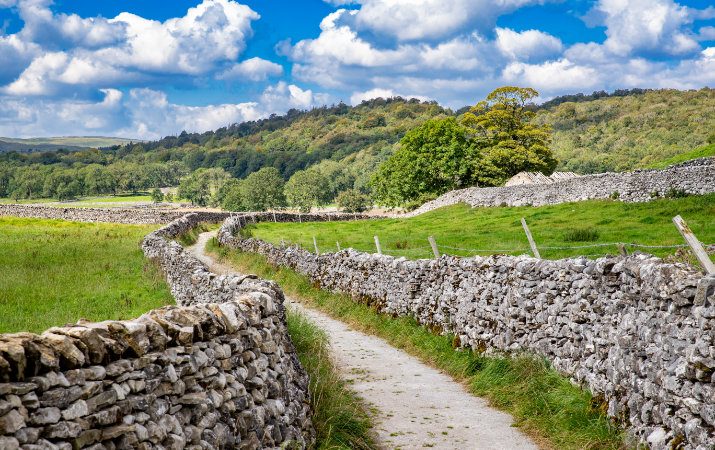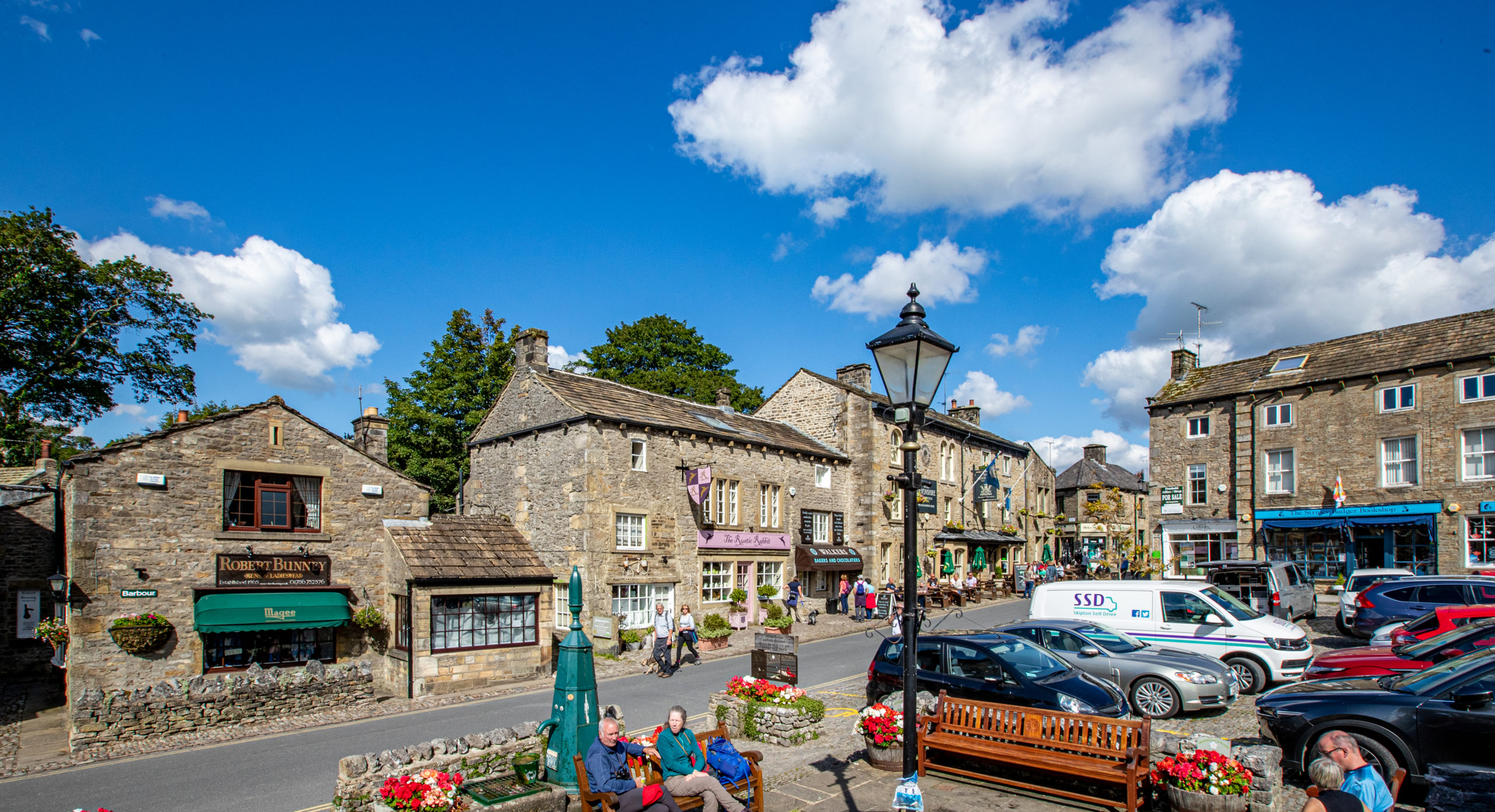History
History buffs will love discovering hidden iron age settlements, strip lynchets, the fascinating artefacts of the Grassington Folk Museum, the moorland legacy of the lead mining boom and old limestone quarries reclaimed by nature.
Grassington, as it appears to us today, is comparatively new given the fact that in much earlier times most people lived less than half a mile away to the north at Lea Green above Grass and Bastow Woods.
As far as development within the bounds of present day Grassington is concerned this also goes back a very long way, probably to the 7th century, since the Domesday Book in the year 1087 recorded that at this time there was already 300 acres of arable and meadow land in its vicinity, upon which tax was paid to the King. This site would have been chosen on account of it being located on a fairly level shelf above the more densely wooded slope leading down to the river.
Learn a little more about Grassington’s history through a series of videos ‘All Our Stories: The Settlement‘
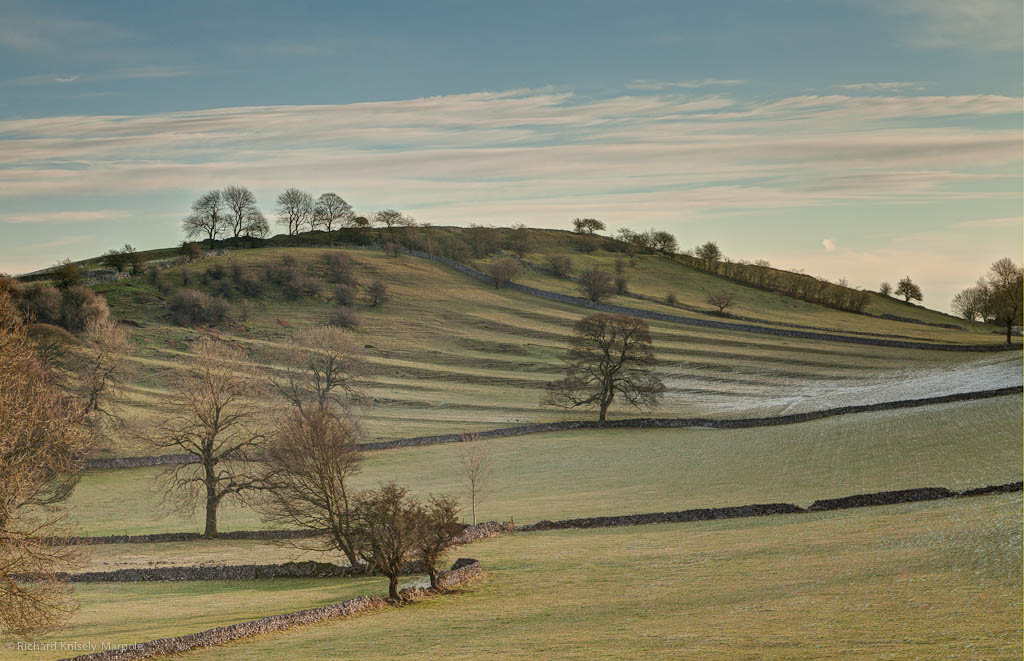
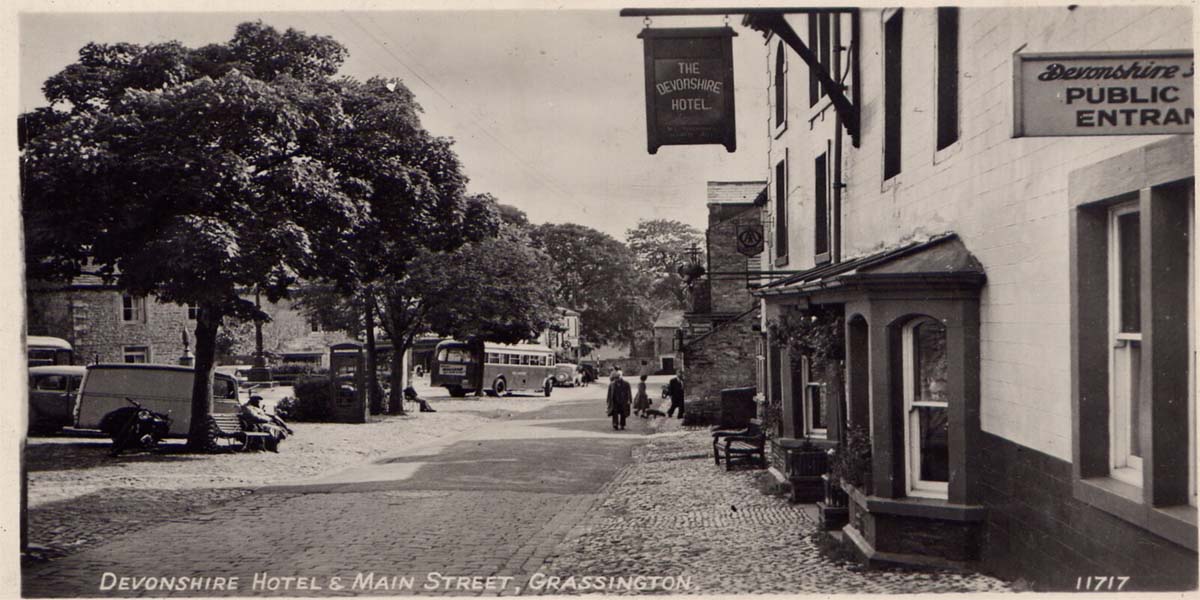
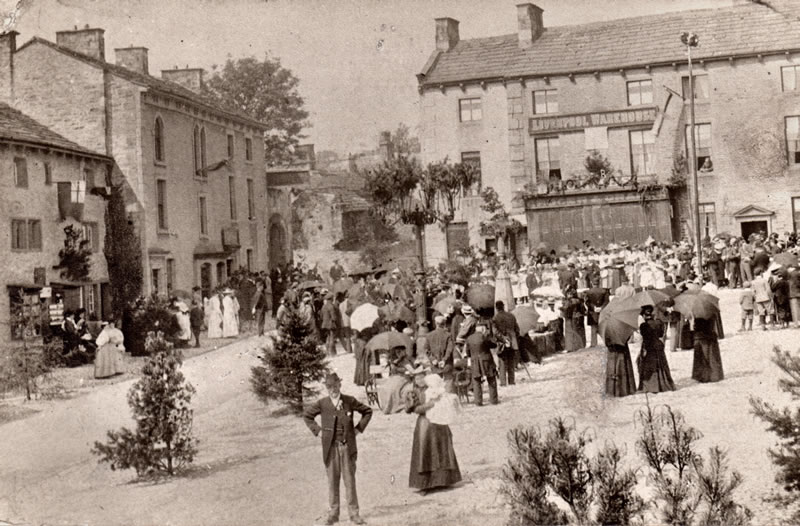
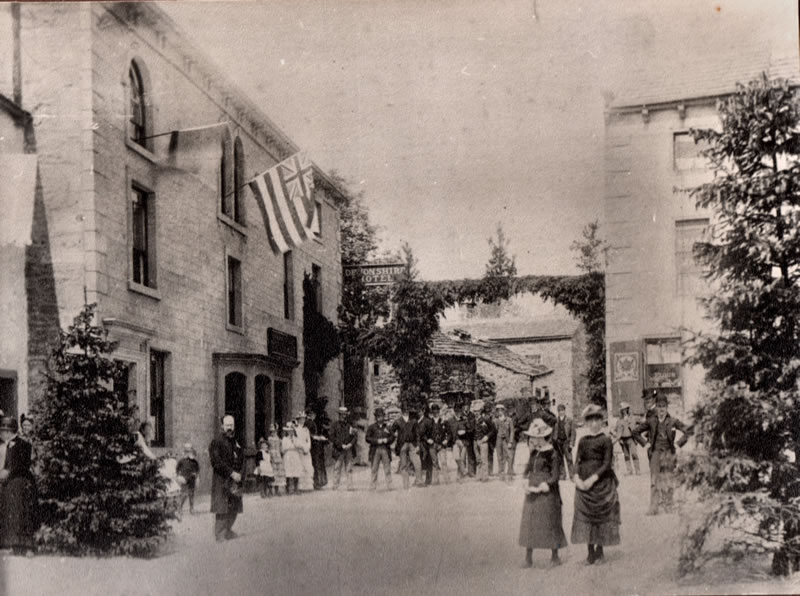
Archeaological Sites
This is one of the richest archaeological sites in the north of England, thanks to the gradual migration of the settlement towards its present location, leaving the older sites still exposed.
Here you can see Bronze Age burial mounds, Celtic villages and fields, Romano-British settlements, and medieval farmsteads in close proximity. Research has suggested that these settlements date back to around 2000BC.
There is also evidence of two Celtic villages located between Grassington and Bastow Wood.
The Romans arrived in Upper Wharfedale around 50AD, departing in the 5th century, during which time they quickly developed the area around Grassington as an important grain growing area comprising hundreds of acres of Romano-British development building on the earlier Celtic agricultural site.
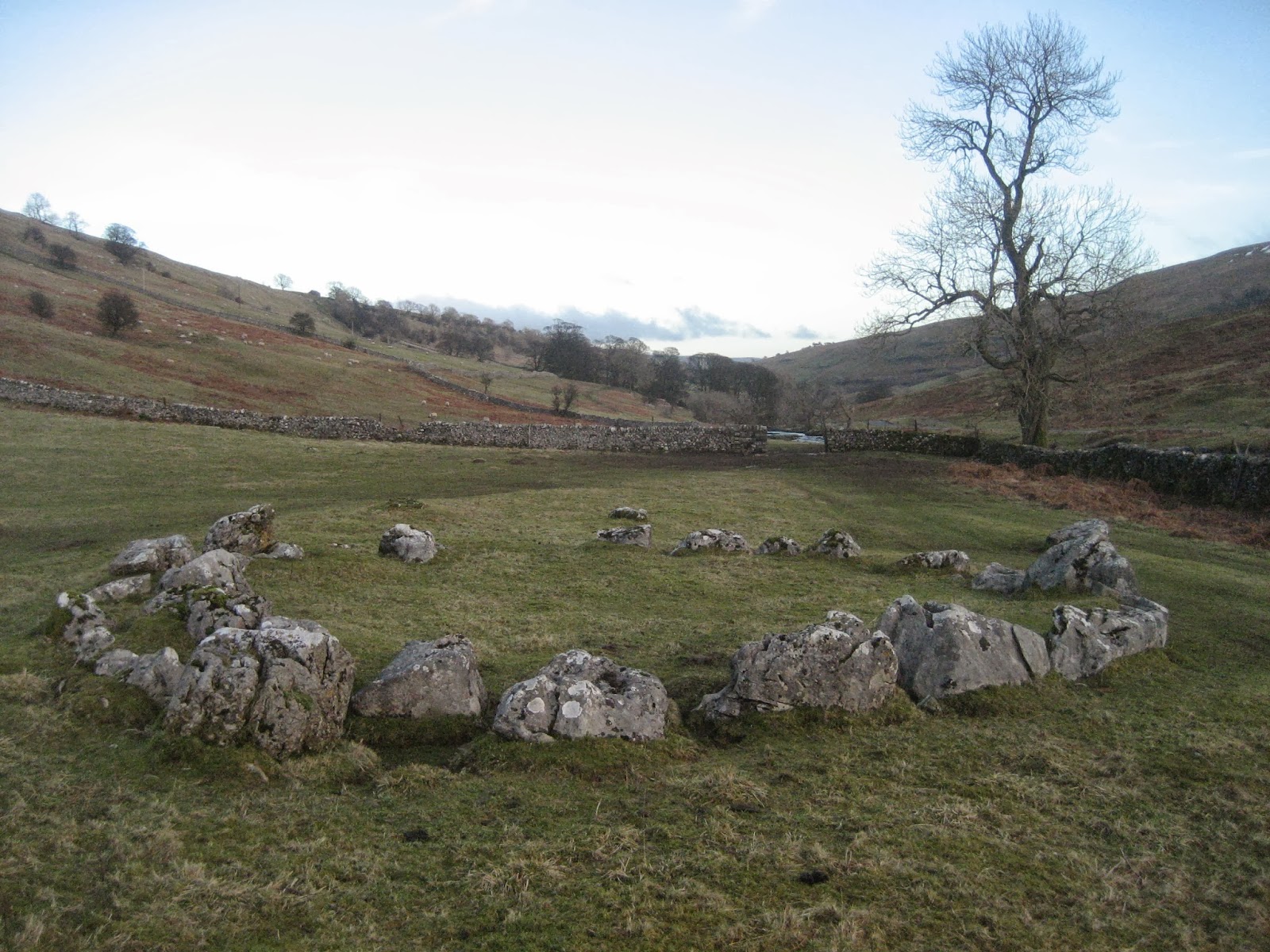
Lead Mining
Lead mining in the vicinity of Grassington has been carried out since the 15th century.
When George Clifford, Earl of Cumberland, became Lord of the Manor he brought skilled men from his Derbyshire mines to work in the mines on Grassington Moor, in addition, miners from Swaledale and Cornwall also settled here bringing with them valuable expertise relating to mining techniques.
A few years later, the Earl built a smelt mill adjoining his corn mill on the river Wharfe.A century or so later, in 1750, the Duke of Devonshire married one of the Clifford heiresses and came to be the Lord of the Manor of Grassington. He quickly began a great development plan for the industry including the construction of a watercourse, the erection of a large new smelt mill together with a cupola, and the tall chimney that is still an important feature today.
He then greatly improved the road between Grassington and Gargrave, where he owned a wharf on the Leeds-Liverpool canal.
Follow the lead mining trail walk here.
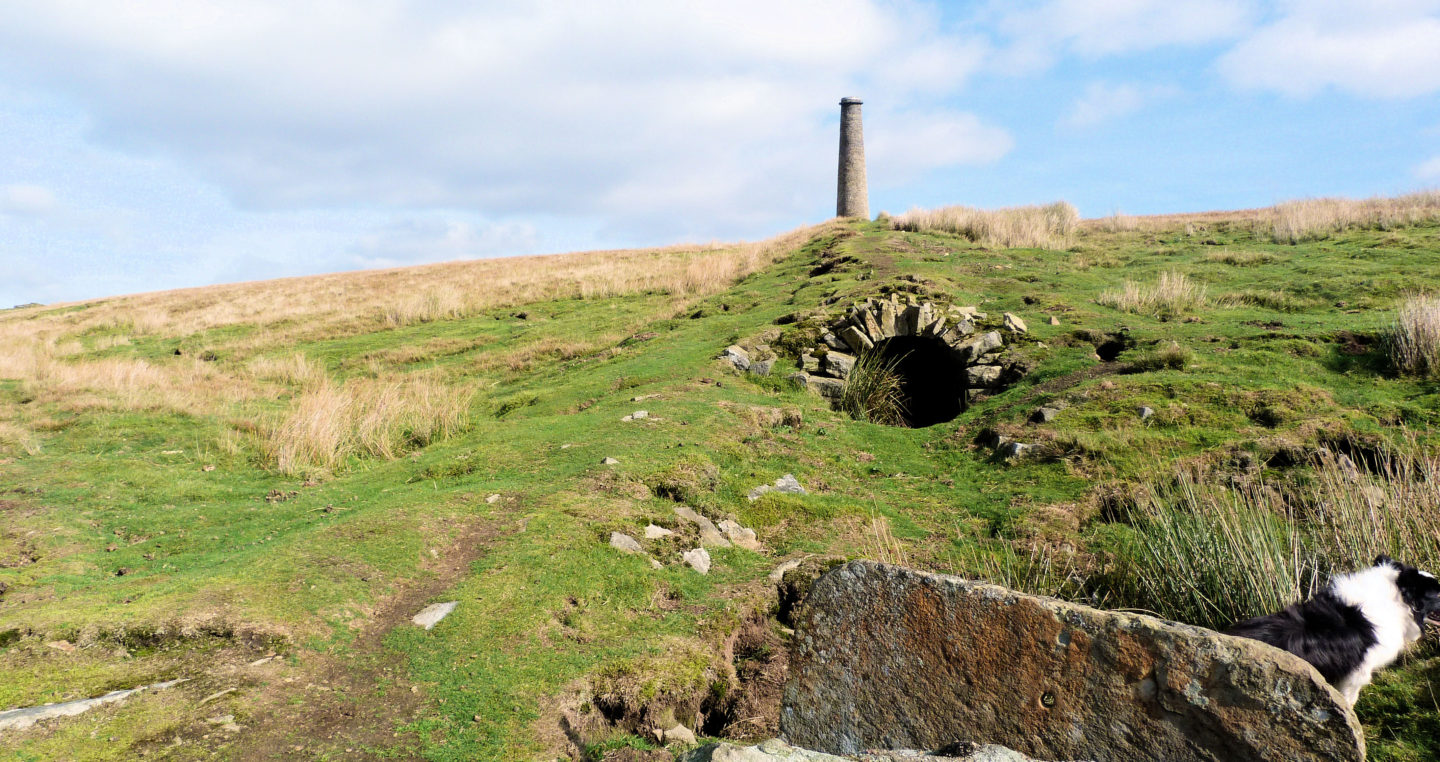
Local History & Archeaological Groups
The Upper Wharfedale Heritage Group (UWHG) is a volunteer group whose purpose is adding to the knowledge of the archaeologically rich area of Upper Wharfedale and the surrounding landscapes.
Throughout the year they run a programme of talks and walks covering a wide range of heritage related subjects which are open to the public. Full details can be found below
E-mail: uwhg.enquiries@gmail.com
The Upper Wharfedale Field Society (UWFS) works to increase the enjoyment derived from the area by deepening and widening understanding of its many varied elements.
The Field Society has several interest groups: archaeology, botany, geology, local history & vernacular buildings, ornithology.

